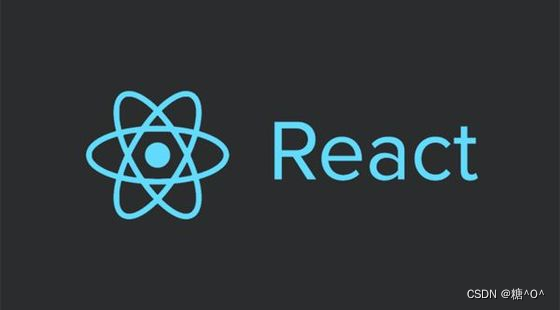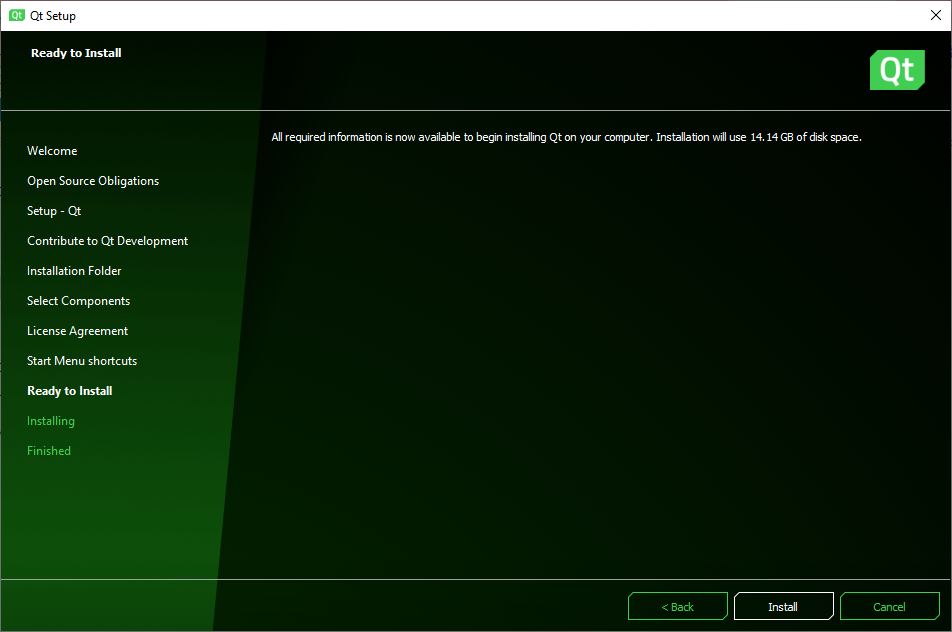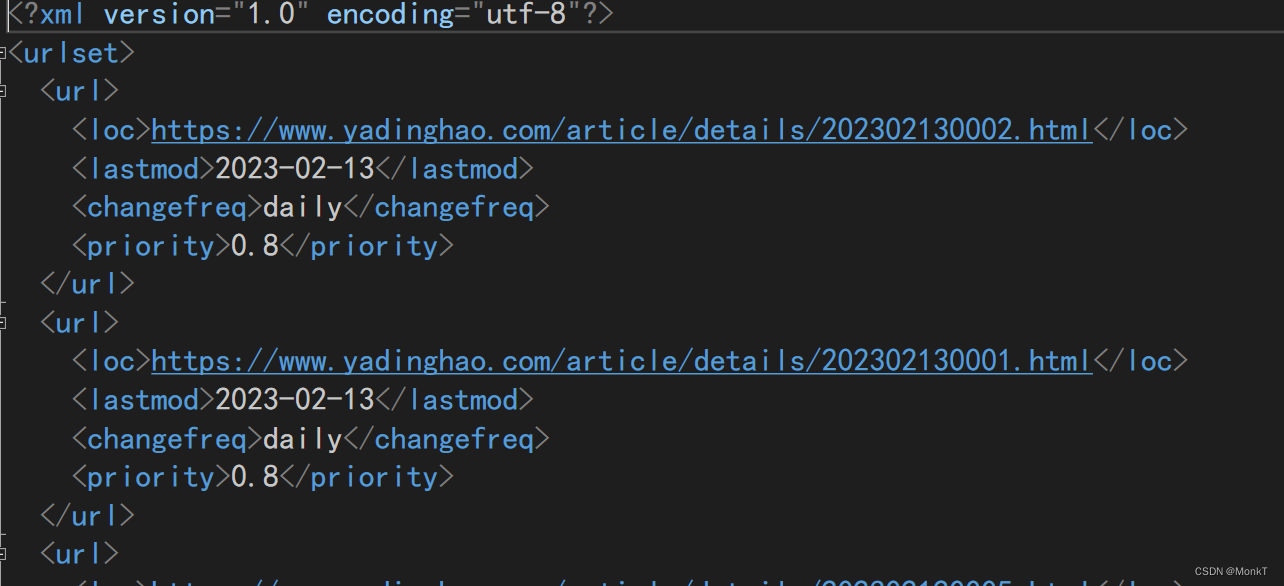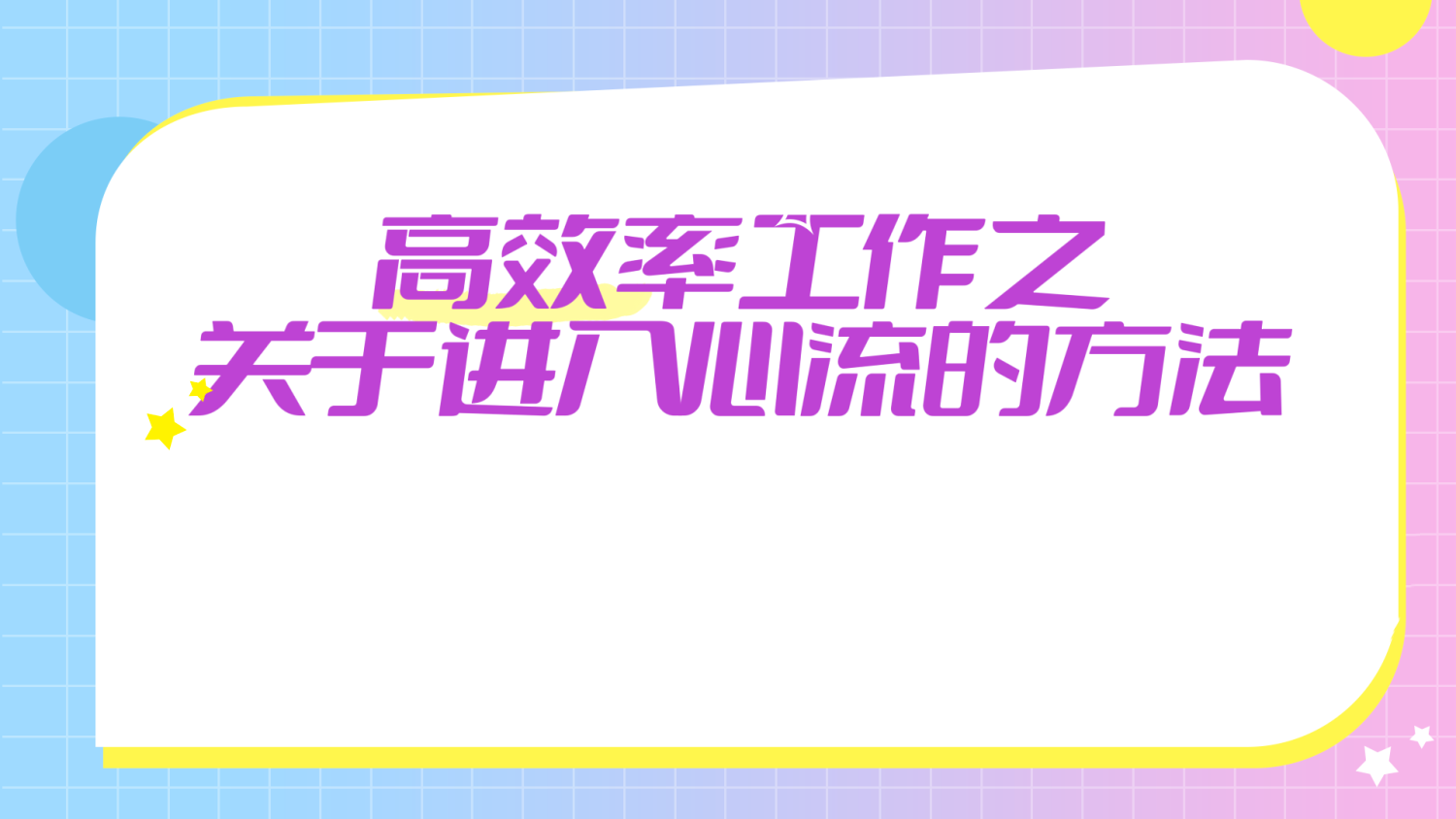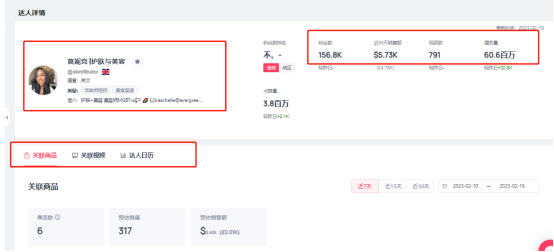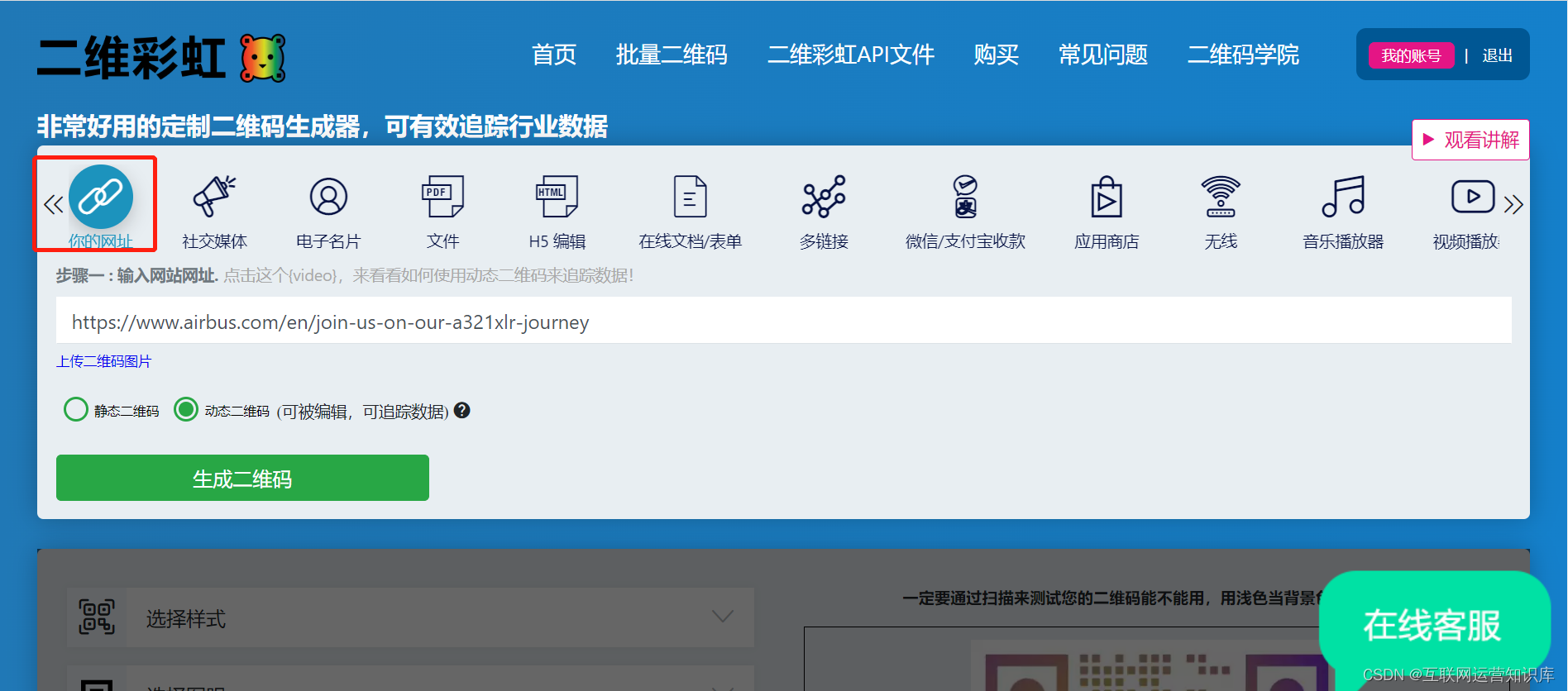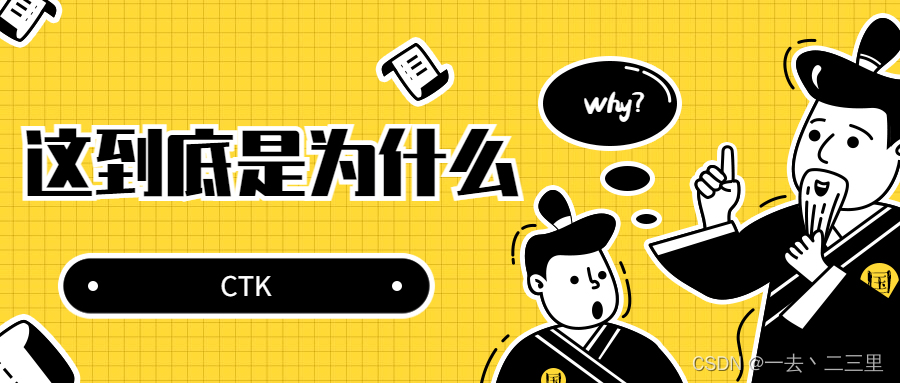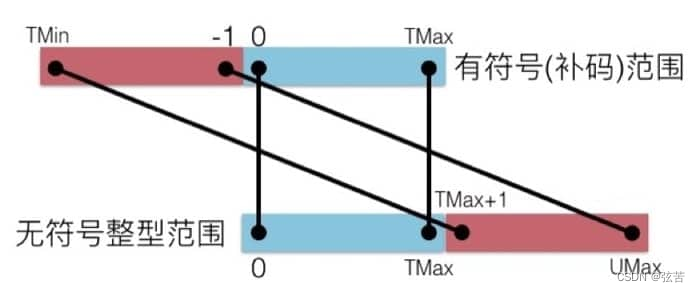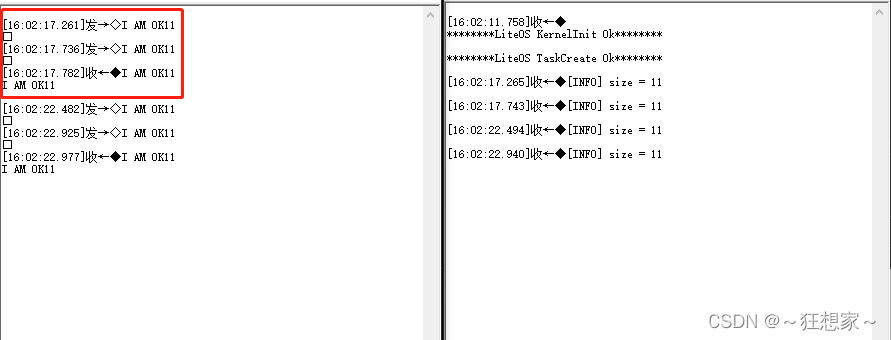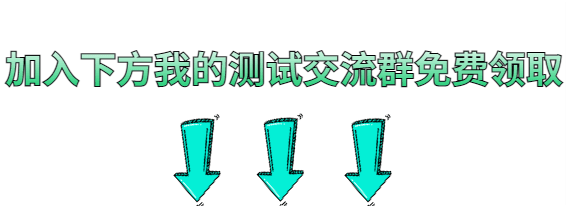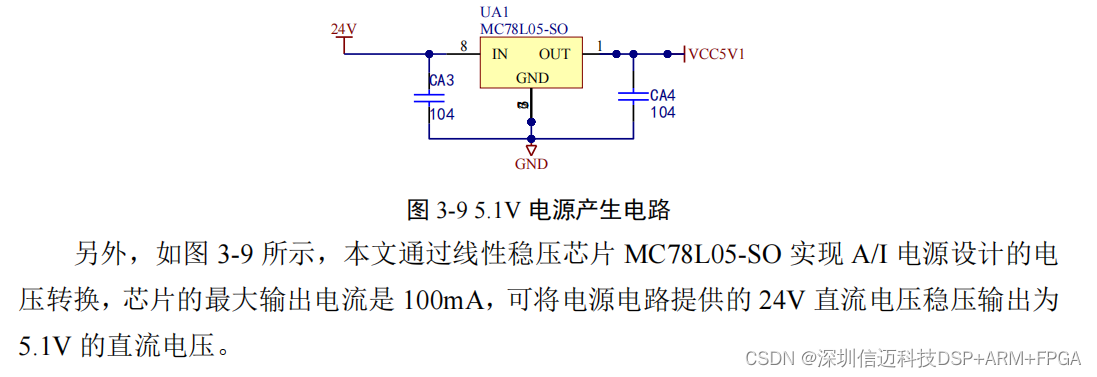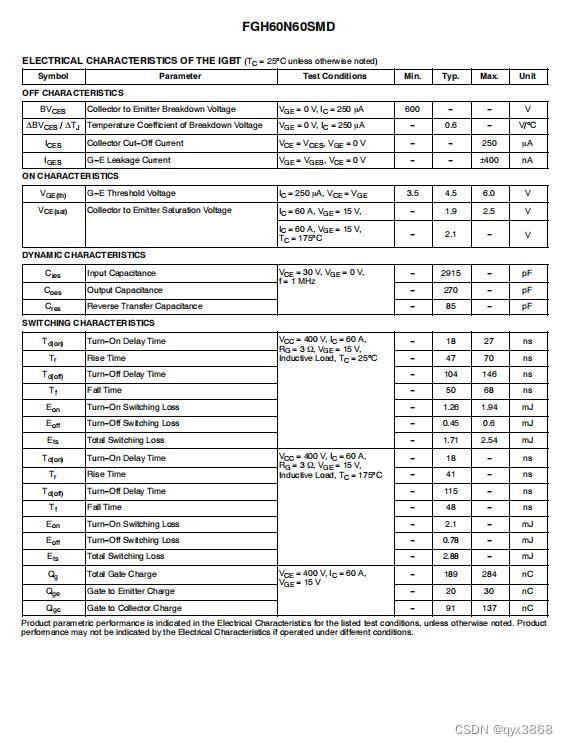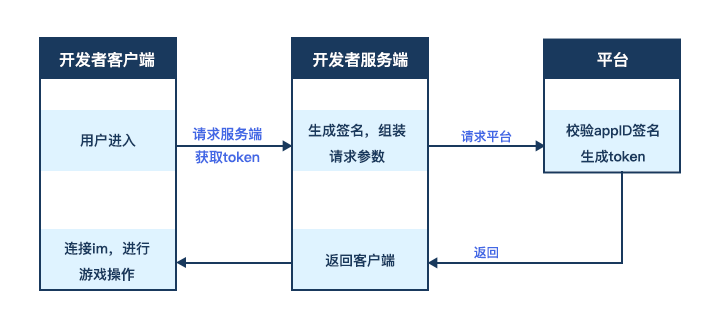🎞️🎞️🎞️ 博主主页: 糖 -O-
👉👉👉 react专栏:react全家桶
🌹🌹🌹希望各位博主多多支持!!!
组件通信的方式
1. 父子组件通信方式
✨父子组件之间的通信很常见,其中父组件可以通过props,原型方法向子组件通信,同时子组件也可以用回调函数,事件冒泡向父组件通信
(1)父传子
- 原型方法
父组件通过React.createRef()创建Ref,保存在实例属性myRef上。父组件
中,渲染子组件时,定义一个Ref属性,值为刚创建的myRef。父组件调用子组件的myFunc函数,传递一个参数,子组件接收到参数,打印出参数。
- this.props
name作为props由父组件传递给子组件,子组件拿到name后,渲染在页面上。参数有父组件传递给子组件
import React, { Component, Fragment } from 'react';
class Son extends Component {
myFunc(name) {
console.log(name);
}
render() {
return <></>;
}
}
// 父组件
export default class Father extends Component {
constructor(props) {
super(props);
// 创建Ref,并保存在实例属性myRef上
this.myRef = React.createRef();
}
componentDidMount() {
// 调用子组件的函数,传递一个参数
this.myRef.current.myFunc('Jack');
}
render() {
return (
<>
<Son ref={this.myRef} />
</>
);
}
}
(2)子传父
-
回调函数
-
事件冒泡
在子组件内部,修改了父组件中的值,从而完成了子组件向父组件通信
import React, { Component } from 'react'
class Navbar extends Component{
render(){
return <div style={{background:"red"}}>
<button onClick={()=>{
console.log("子通知父, 让父的isSHow 取反。",this.props.event)
this.props.event() //调用父组件传来啊的回调函数
}}>click</button>
<span>navbar</span>
</div>
}
}
class Sidebar extends Component{
render(){
return <div style={{background:"yellow",width:"200px"}}>
<ul>
<li>11111</li>
</ul>
</div>
}
}
export default class App extends Component {
state = {
isShow:false
}
handleEvent = ()=>{
this.setState({
isShow:!this.state.isShow
})
// console.log("父组件定义的event事件")
}
render() {
return (
<div>
<Navbar event={this.handleEvent}/>
{/* <button onClick={()=>{
this.setState({
isShow:!this.state.isShow
})
}}>click</button> */}
{this.state.isShow && <Sidebar/>}
</div>
)
}
}
/*
父传子 :属性,
子传父: 回调函数 callback
*/
2. 非父子组件通信方式
👉状态提升
React中的状态提升概括来说,就是将多个组件需要共享的状态提升到它们最近的父组件上.在父组件上改变这个状态然后通过props
👉发布订阅模式实现
👉context状态树传参
a. 先定义全局context对象
import React from 'react'
const GlobalContext = React.createContext()
export default GlobalContext
b. 根组件引入GlobalContext,并使用GlobalContext.Provider(生产者)
//重新包装根组件 class App {}
<GlobalContext.Provider
value={{
name:"kerwin",
age:100,
content:this.state.content,
show:this.show.bind(this),
hide:this.hide.bind(this)
}}
>
<之前的根组件></之前的根组件>
</GlobalContext.Provider>
c. 任意组件引入GlobalContext并调用context,使用GlobalContext.Consumer(消费者)
<GlobalContext.Consumer>
{
context => {
this.myshow = context.show; //可以在当前组件任意函数触发
this.myhide = context.hide;//可以在当前组件任意函数触发
return (
<div>
{context.name}-{context.age}-{context.content}
</div>
)
}
}
</GlobalContext.Consumer>
注意:GlobalContext.Consumer内必须是回调函数,通过context方法改变根组件状态
context优缺点:
优点:跨组件访问数据
缺点:react组件树种某个上级组件shouldComponetUpdate 返回false,当context更新时,不会引起下级组件更新
